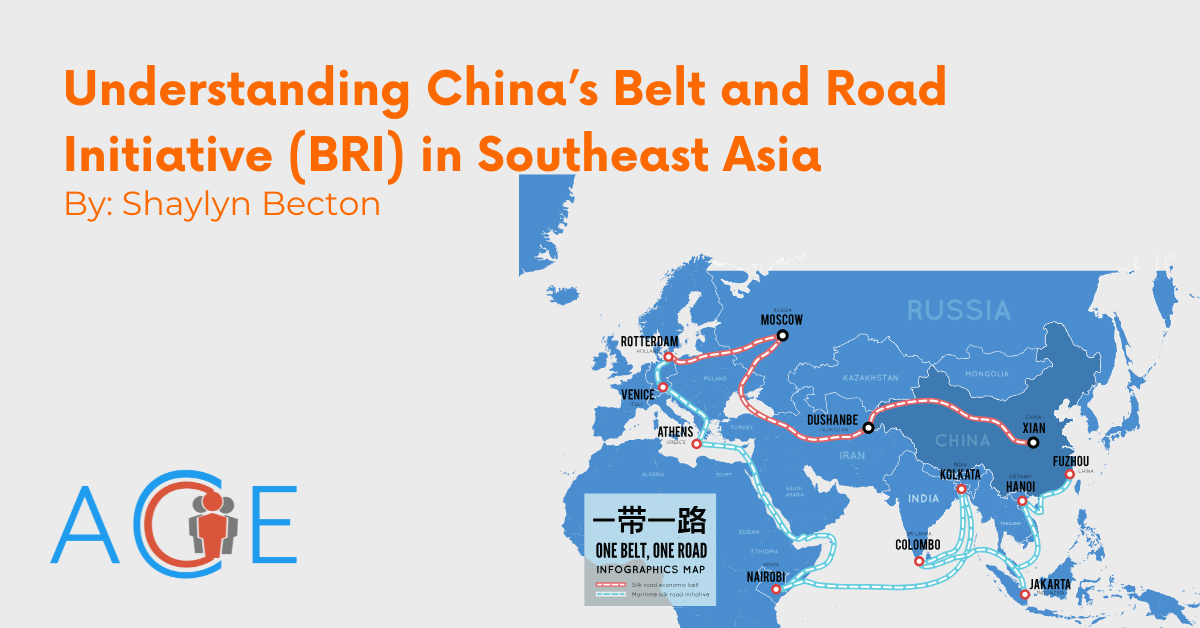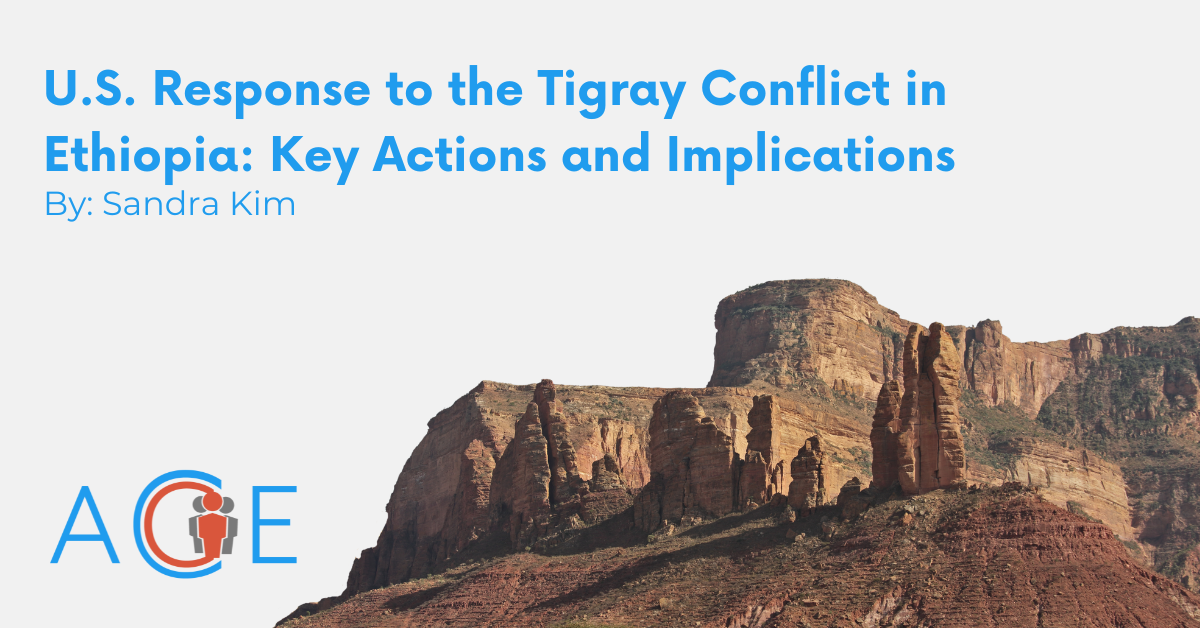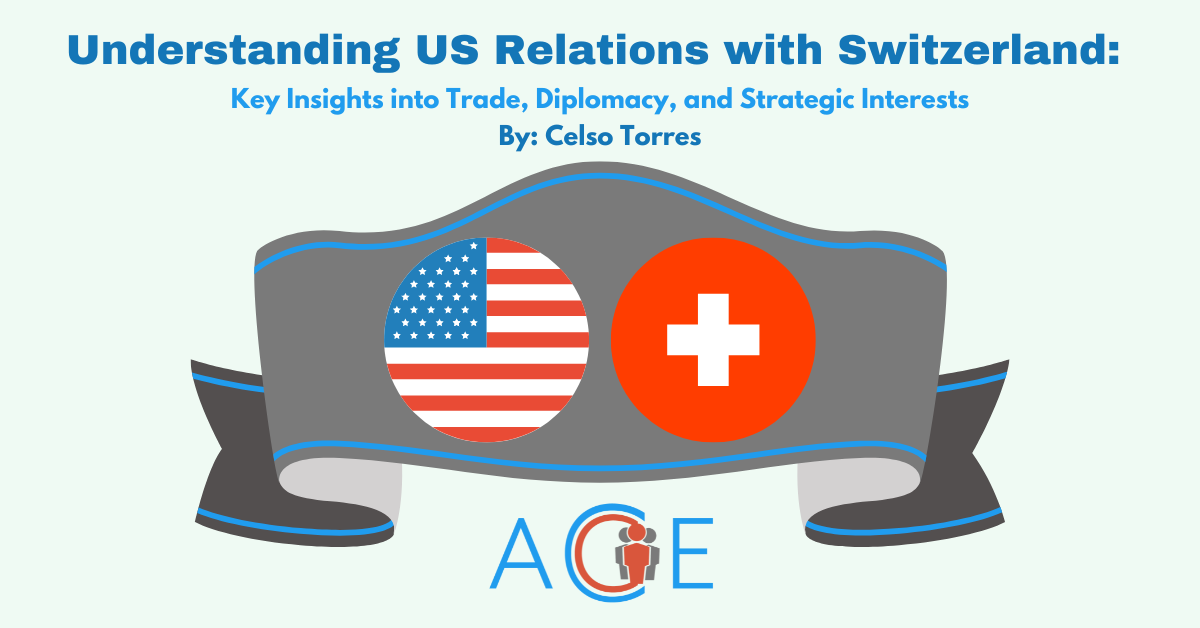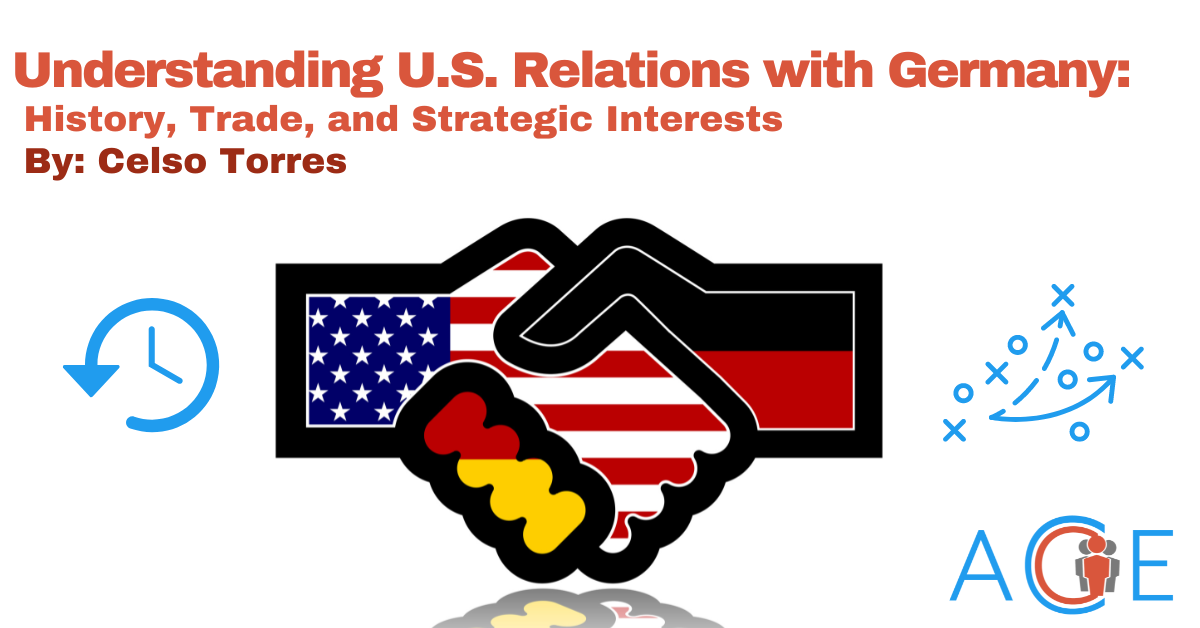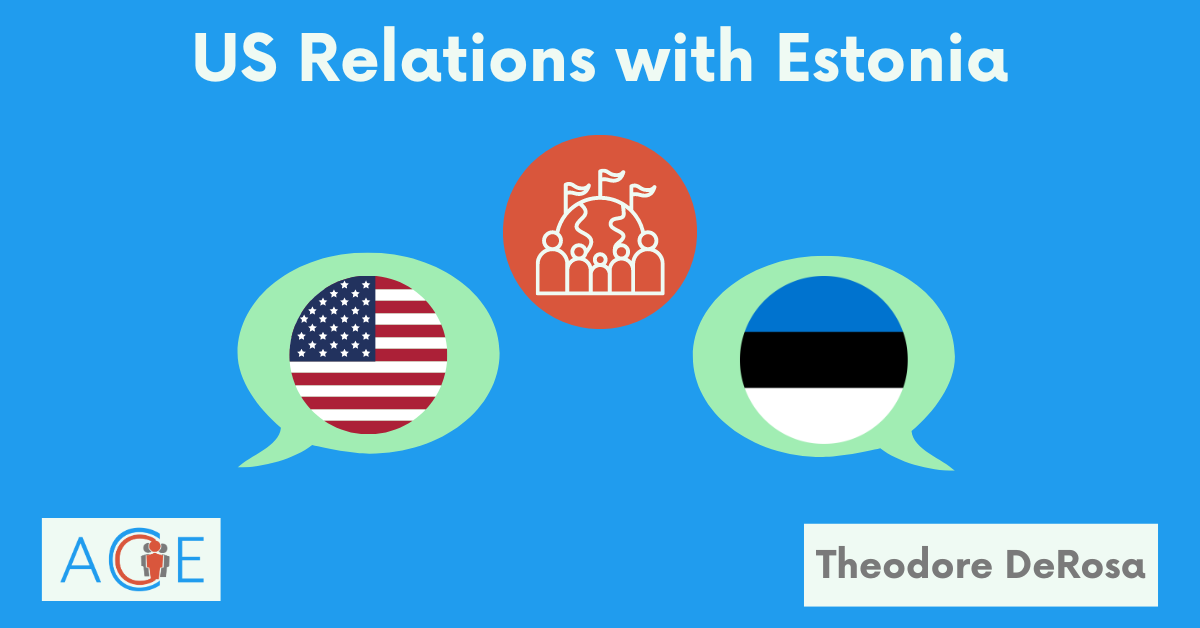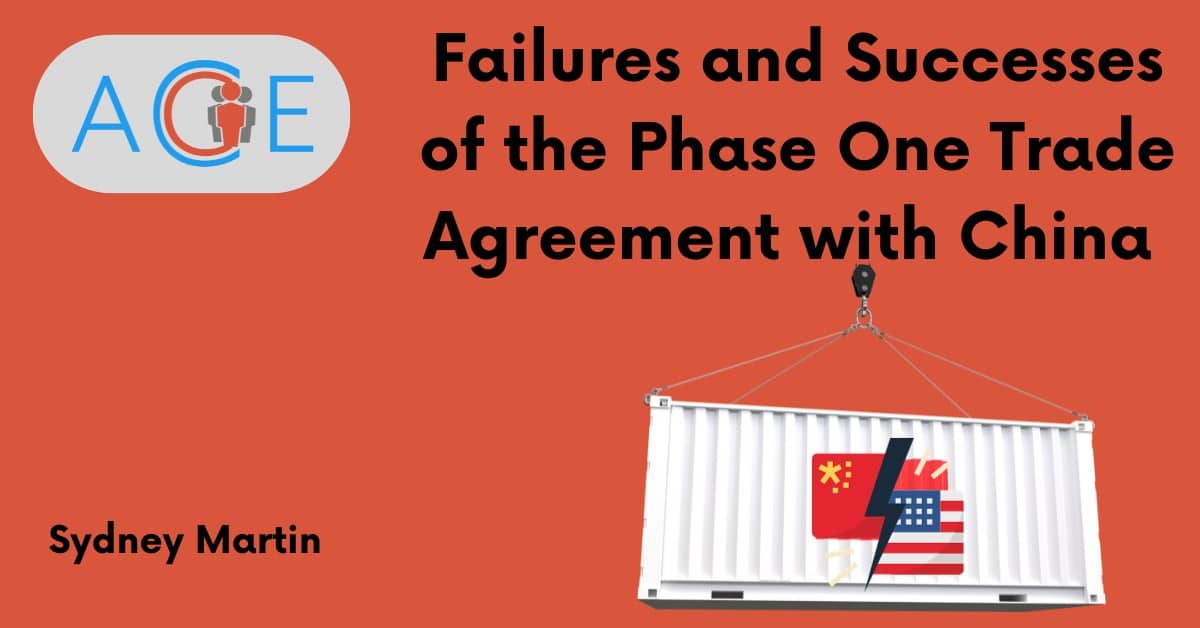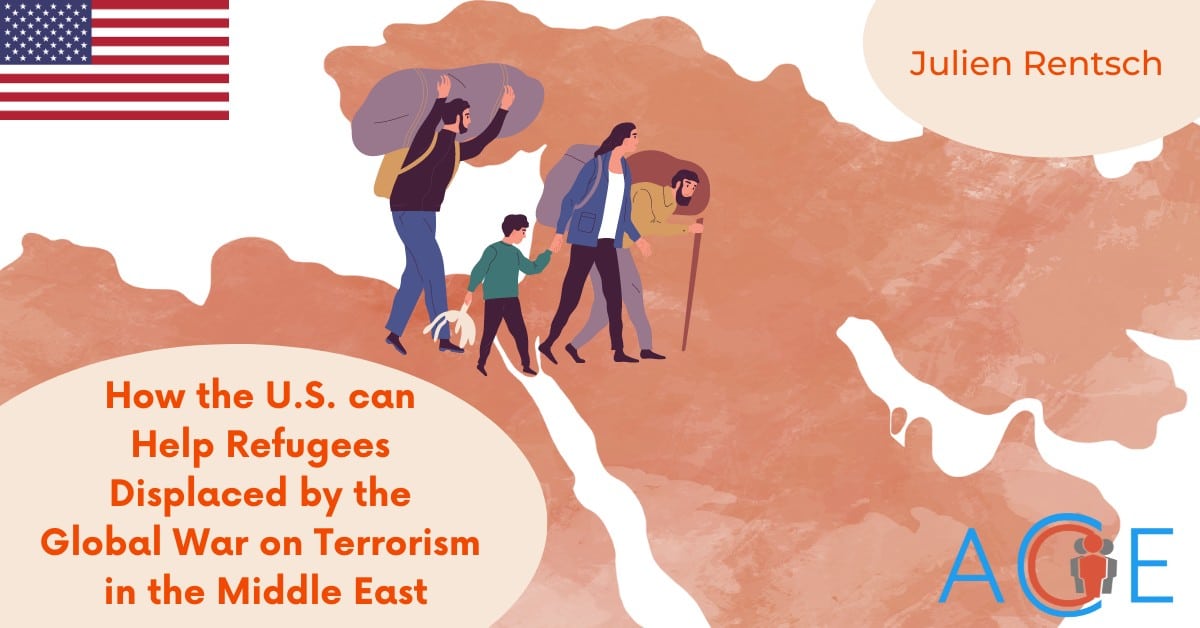Introduction:
The BRI (Belt and Road Initiative) is a 2013 trade route plan aimed at improving China’s connectivity to the rest of the world. The plan seeks to stimulate China’s economy through investing in infrastructure projects including railways, bridges, and airports abroad. This project also strives to connect countries in the Global South and Eastern Europe to China via land and maritime networks in hopes of increasing trade and economic growth. It is estimated that over 150 countries are partnered with the BRI across six continents.
The BRI in Southeast Asia
Southeast Asia is a key region of the BRI. The plan’s extensive funding supports a range of urban development initiatives in Southeast Asian nations, making it difficult to pinpoint its specific effects on local policies. Projects under the BRI encompass everything from infrastructure development to special economic zones to cultural activities.
In the Philippines, the BRI has led to many large-scale infrastructure projects, but has also been criticized for expanding illicit sectors and selectively benefiting economic elites. Indonesia plans to leverage the BRI to enhance connectivity between Java Island and its eastern regions, fostering cultural interconnectivity and economic opportunities. In Cambodia, BRI-funded transportation projects, like the Phnom Penh-Sihanoukville Expressway, have reduced travel time and improved safety between major cities. For landlocked Laos, the BRI presents a chance to boost its economy and global standing through enhanced transportation infrastructure. Malaysia has seen improvements in human resource development due to the BRI-funded Malaysia-China Kuantan Industrial Park (MCKIP) project.
While the BRI has contributed to several developments across Southeast Asia, it also raises concerns about debt dependence and disregard for environmental health and safety. Countries borrowing from China for large infrastructure projects risk falling into “debt traps”, which can force them to favor the interests of their donor nation and hinder their ability to invest in local development. Forms of “debt trap diplomacy” such as the BRI have been found to spur long-term economic downturn in beneficiary nations. Environmental impacts are another major concern. In Thailand, a high-speed railway project threatens deforestation and community displacement, particularly near the culturally significant city of Ayutthaya. In Vietnam, the Vinh Tan 2 Thermal Power Plant is discharging excessively hot wastewater into the sea, negatively affecting marine life and local agriculture. There is also a coal ash dump site near Vinh Tan, and local households are complaining about nearby crops dying and withering as a result. In Indonesia, the rapid development at the Morowali Industrial Park (IMIP) poses worker safety risks. These drawbacks have led critics to deem the BRI “China’s belt and road to nowhere”.
BRI’s Impact on US Foreign Policy
Given ongoing criticism that the U.S. has struggled to match China’s vision for economic expansion, the U.S. plans to counter the BRI with a similar project. In 2022, President Joe Biden announced the India-Middle East-Europe Economic Corridor (IMEC) at the G20 Summit. This project has similar goals to the BRI, such as increasing connectivity and economic integration with the rest of the world. While the IMEC is targeted at India, the Middle East, and Europe, China’s project extends mostly to countries in the Global South, especially Southeast Asia.
The split between Global North and Global South is relevant to the U.S. and China’s competing policies. While India and Saudi Arabia are the only countries in the IMEC that represent the Global South, China’s BRI puts special emphasis in expanding reach into Global South markets. While this marks a significant opportunity for China to expand its influence in developing nations, it also risks backlash from countries who feel the BRI is doing more harm than good to local economies. Since the IMEC emerged significantly after BRI, the U.S. aims to learn from its shortcomings as it launches a new strategy.
Conclusion
In conclusion, the BRI has significantly impacted Southeast Asia, driving infrastructure development and economic growth while also raising concerns about debt dependency and environmental harm. The future of BRI in the region will depend on balancing development with local welfare and environmental considerations. As the U.S. responds with the IMEC, it will aim to learn from these challenges to foster sustainable partnerships in its target regions.
